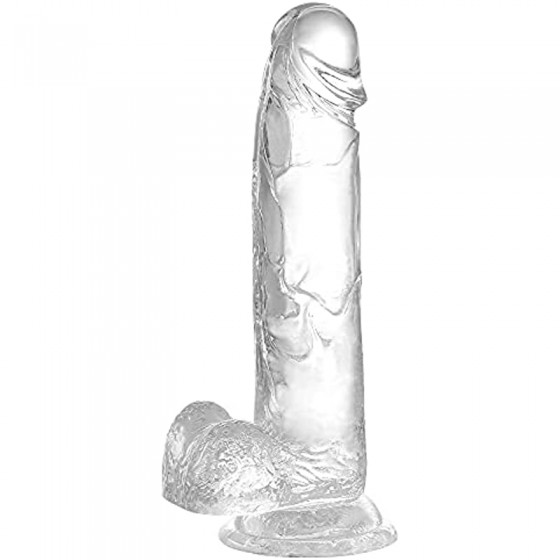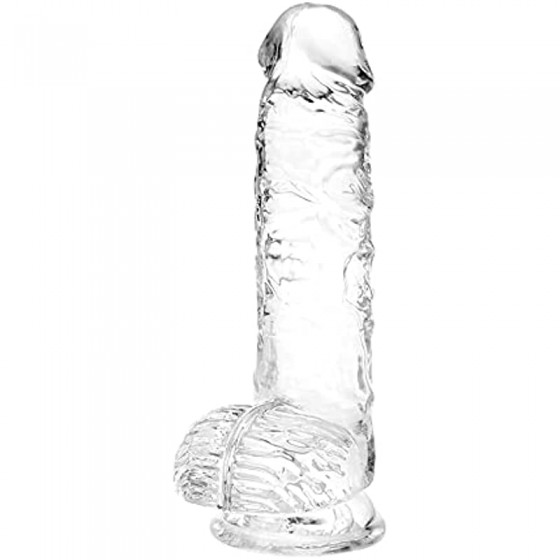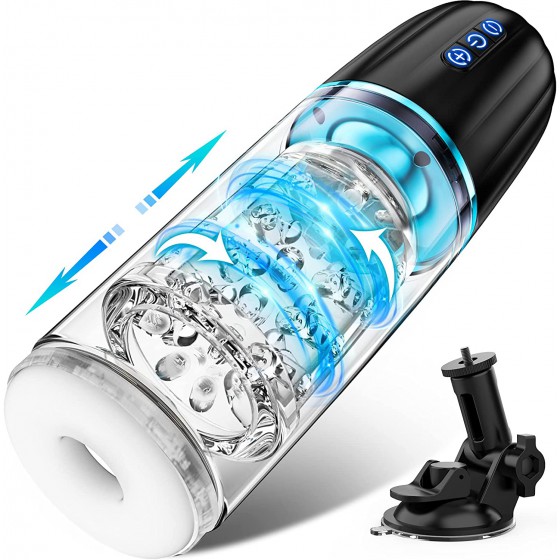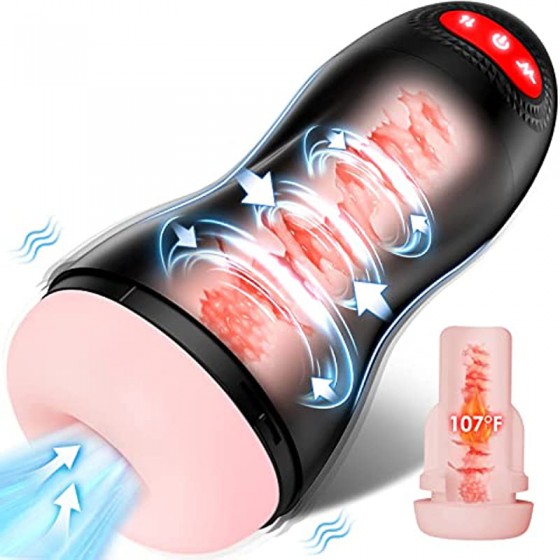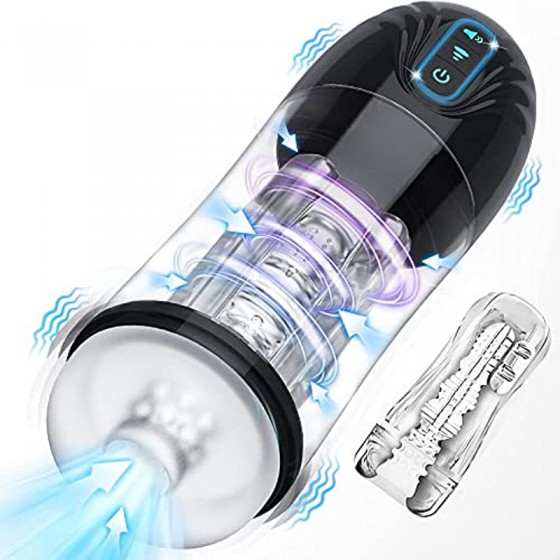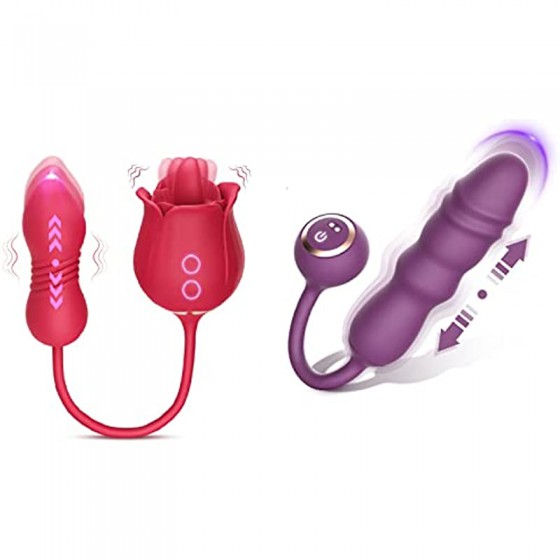Women's dysmenorrhea is also divided into grades. How to treat symptoms according to grade?
Many female friends’ fear of menstruation comes from dysmenorrhea, and many people have been troubled by dysmenorrhea for a long time. A considerable number of women dismiss dysmenorrhea and think it is a normal phenomenon, but in fact this view is wrong. Below I will introduce to you the triggering factors and grading of dysmenorrhea, as well as foods that can relieve dysmenorrhea. I hope it will be helpful to the majority of female friends who experience dysmenorrhea.
What factors can cause dysmenorrhea?
1. Gynecological diseases
Gynecological diseases can cause dysmenorrhea, such as endometriosis, pelvic inflammatory disease, adenomyosis, uterine fibroids, etc. Having an IUD inserted into the uterus can also cause menstrual cramps.
2. Abnormal uterine contraction
What factors can cause dysmenorrhea? Abnormal contractions of the uterus can cause dysmenorrhea. Patients with dysmenorrhea often have abnormal uterine contractions, which often leads to ischemia of uterine smooth muscles. Ischemia of uterine muscles can cause spasmodic contractions of uterine muscles, resulting in pain and dysmenorrhea.
3. Excessive uterine contraction
Excessive contraction of the uterus can also cause dysmenorrhea. Although the uterine contraction pressure of patients with dysmenorrhea is basically the same as that of normal women (normal pressure is about 4.9Kpa), uterine contractions last longer and are often difficult to fully relax, so excessive uterine contraction can lead to dysmenorrhea.
4. Abnormal uterine position
What factors can cause dysmenorrhea? Abnormal position of the uterus can also cause dysmenorrhea. If the position of a woman's uterus is extremely backward or forward, it will affect the smooth flow of menstrual blood and lead to dysmenorrhea.
5. Uterine dysplasia
Uterine dysplasia can also lead to dysmenorrhea. Uterine dysplasia is easily combined with abnormal blood supply, causing uterine ischemia and hypoxia, which can lead to dysmenorrhea.
Introduction to several grades of dysmenorrhea
Mild Level 1: Points are 0-4. This kind of pain can be alleviated through psychological and dietary adjustments. Appropriate drinking of ginger tea, brown sugar water, and rose tea will relieve pain.
Moderate Level 2: Score is 4-10 points. This kind of pain can be treated with appropriate medications. It is a very healthy way to use mild and effective Chinese medicine to regulate the body. Traditional Chinese medicine has accumulated rich experience in the treatment of primary dysmenorrhea. You can ask a doctor to prescribe Chinese medicine prescriptions for long-term conditioning.
Severe Level 3: Points are 10-20 points. Sounding the alarm, the current physical pain has reached a serious level. For young girls, severe physical pain not only affects learning, but also has a serious impact on physical development. For mature women, severe physical pain may induce gynecological diseases such as infertility, pelvic inflammatory disease, and endometriosis. You should go to the hospital in time to find out the cause of dysmenorrhea and carry out treatment under the guidance of a doctor.
Eating the right foods can also relieve dysmenorrhea and emotional instability. Nutrition experts have summarized "6 foods that can relieve premenstrual syndrome."
Dairy products: Studies have found that calcium supplements can effectively relieve tension and muscle spasms, and even prevent problems such as premenstrual irritability. Therefore, a daily intake of calcium-rich foods such as yogurt, low-fat milk or cheese can help relieve premenstrual discomfort.
Salmon: The omega-3 fatty acids rich in deep-sea fish such as salmon can maintain the balance of hormones such as cortisol and adrenaline, which can help get rid of the irritable mood of premenstrual syndrome.
Sunflower seeds: Supplementing B vitamins can help relieve bloating, cramps, fatigue and mood swings. Sunflower seeds are an important food source of vitamin B1. Foods rich in vitamin B6 such as tuna and saury should also be supplemented appropriately. In addition, whole wheat bread is also rich in B vitamins.
Banana: Magnesium regulates the happy neurotransmitter serotonin in the brain. Bananas are rich in the trace element magnesium, which is an excellent food for fighting depression. Foods rich in magnesium include spinach, tofu and cashews.
Flaxseed: Flaxseed not only contains a large amount of omega-3 fatty acids, but also contains phytoestrogens, which help regulate hormones in the human body. Eating a handful of flaxseeds every day can balance various hormone levels in a woman's body, thereby improving her mood and making her feel happier.






